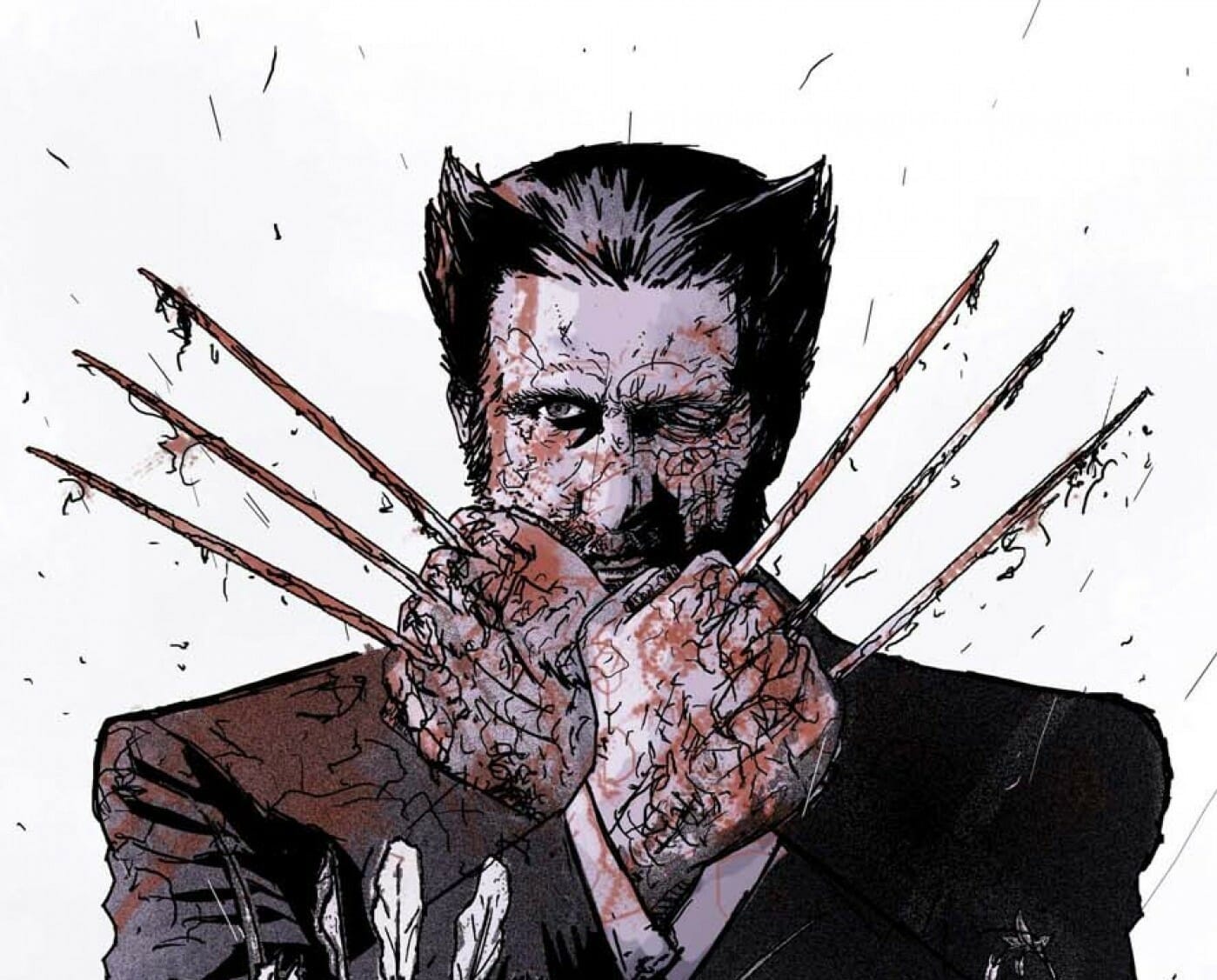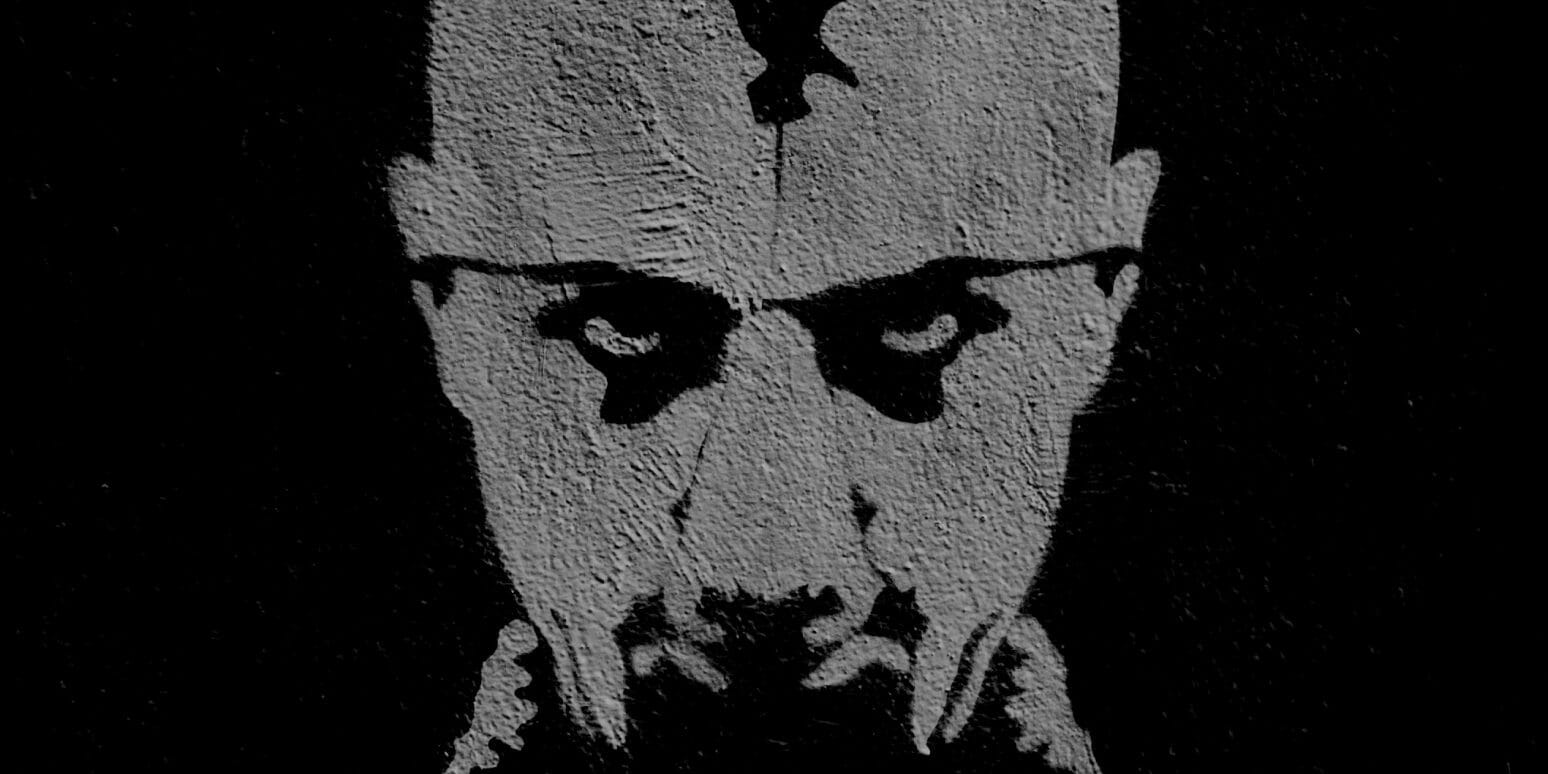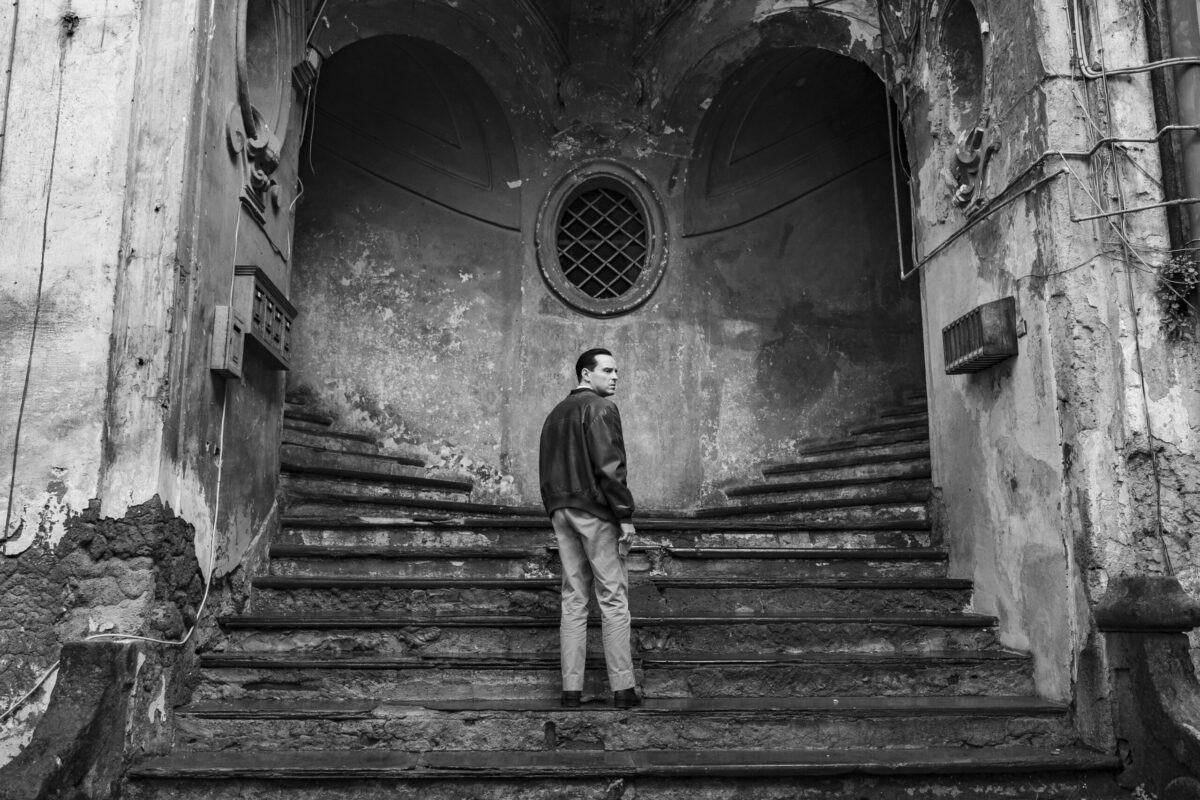
Ripley | A glacial neo-noir dressed in warm black and white
Creator
Director
Year
Seasons
Runtime
Subgenre
Music by
Some animals developed the ability to change their colors and shapes to take advantage of any given situation or location; and that’s what Tom Ripley does. Slippery and elusive as water, he lives by changing himself from time to time, just to fit the perfect situation.
Tom (Andrew Scott) is a cunning confidence man who lives from hand to mouth in 1950s New York. Until he receives an offer from a rich man (Kenneth Lonergan): he has to go to Italy and take his son back home. The guy shows no intention of getting a job and lives as a parasite on his father’s bank account. So, Tom leaves and finds Dickie Greenleaf (Johnny Flynn) in Atrani, on the Amalfi Coast. There, he studies painting and lives with his girlfriend Marge (Dakota Fanning), poet and photographer. Dickie barely remembers he had met Tom before, but hosts him at his place, even though Marge doesn’t like him. He encourages Tom to discover Italy’s artistic wonders and he starts enjoying the best part of the job. Though, as he understands Dickie is going to ask him to leave, a depraved plan takes root in his mind.
Based on Patricia Highsmith‘s 1955 novel The Talented Mr. Ripley, the show is the last of many screen adaptations. Released by Netflix in April 2024, it was created, written, and directed by Steven Zaillian (who in his successful career already realized Schindler’s List, Gangs of New York, and The Irishman, among the most known). Andrew Scott, who reached fame as Moriarty in Sherlock, but confirmed his talent as the priest in Fleabag, and in the more recent All of Us Strangers, was the first actor cast in 2019.
Sneaking in someone else’s skin
Since the beginning, it’s clear that Tom Ripley is a criminal without scruples, ready to do anything for personal profit. He’s a smart, extremely meticulous, cold, and calculating individual. When he’s in New York, though, his shady activities concern minor crimes; or require just a little preparation at least. As he’s in Italy, he experiences the sweet life, and his mind slips closer and closer to obsession.
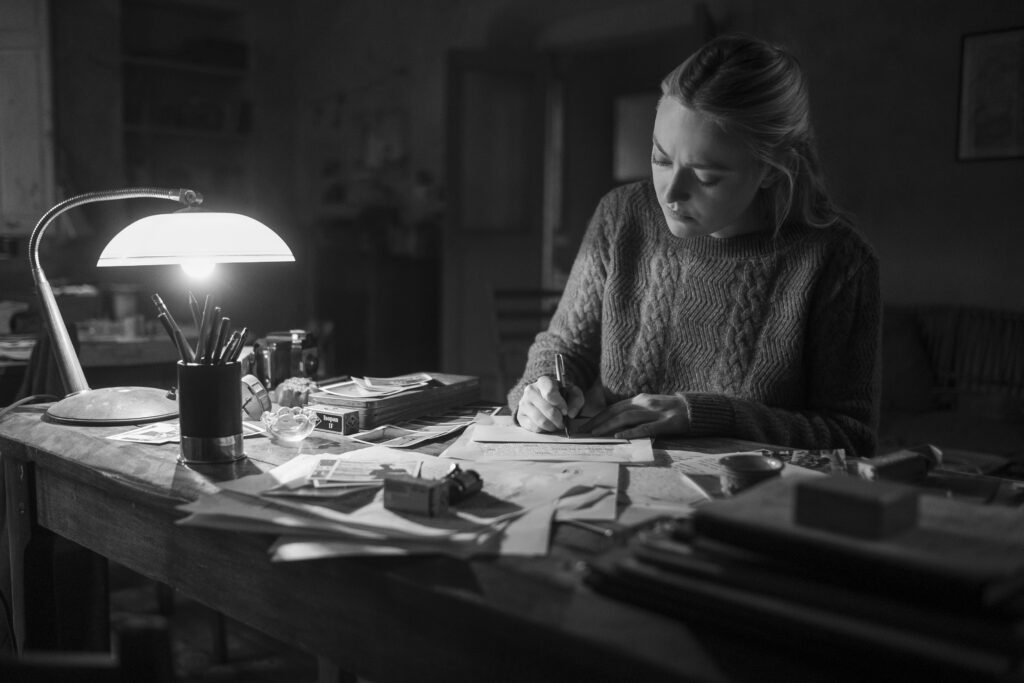
He doesn’t only aspire to live with Dickie, or as Dickie, he longs to become Dickie. He wishes for the same luxury, his wealth, and maybe even his relationships. Not by chance Marge is the first one to suspect his intentions; yet, she can’t help her boyfriend. Day after day, he allows his true nature to emerge: more than an opportunist, he’s a psychopathic maniac. His decision to change his identity and to become Dickie Greenleaf is dictated not only by convenience but rather by mental illness.
As Jean-Claude Romand, the protagonist of Carrère‘s book The Adversary, Tom starts killing to hide his lies. Yet, his paranoia soon prevails, and the murders become tricks to obtain new identities, besides granting him an escape hatch. Similarly to Lucarelli‘s killer in Almost Blue, Tom sneaks into his victim’s skin. He acquires his personality and twists facts, muddying the waters and waiting for the best moment to disappear.
A cold blood neo-noir facing a warm Mediterranean sea
Art has great importance in this show, acting as a fil rouge. Many films take inspiration from art: among the best known are Shutter Island, Pan’s Labyrinth, and A Clockwork Orange, too. Ripley’s case is kind of different, though, as art doesn’t inspire cinematography, but it’s autonomous element. Caravaggio‘s paintings, in particular, have a predominant role: arising from their context, they become characters, more than props.

Many elements in Ripley pay homage to cult classic neo-noir films. Various shots recall from time to time Hitchcock‘s classic, so as The Big Sleep or The Night of the Hunter. The cinematographer Steven Zaillian opted for contrasted black and white images to underline expressions and settings.
I wanted to have this high-contrast film-noir style. […] I didn’t want to make a pretty travelogue.
Zaillian for Vanity Fair

He also opted for a fixed camera and wide shots: even for dialogues, the camera isn’t close to the character, emphasizing the distance. Only in a few cases does the framing go closer to artworks details, or to analyze Tom’s mad expressions. Yet, the black and white cinematography results are so vivid that Caravaggio’s vibrant red seems perceivable, as is the blue of the Amalfi Coast’s sea. As in noir films, this choice underlines shadows and lights, enhancing the suspense.
The characters belong to neo-noir archetype as well, but in an unconventional way, in a sort of role reversal. The brilliant, cynical, and mysterious protagonist, who lives at the edge of society, is not a detective in this case, but the killer himself. Different from the genre’s cult classic, the audience knows his identity, while the police don’t. The chief of Italian police, the talented inspector Pietro Ravini (Maurizio Lombardi) perceives that the murders can’t be imputed to a common criminal. He shoud be the noir good detective, but in Ripley he’s the antagonist, always a step back compared to Tom. Even Marge, the enchanting femme fatale, slightly detaches from the stereotype as she’s not unattainable, but Dickie’s faithful girlfriend and a victim.
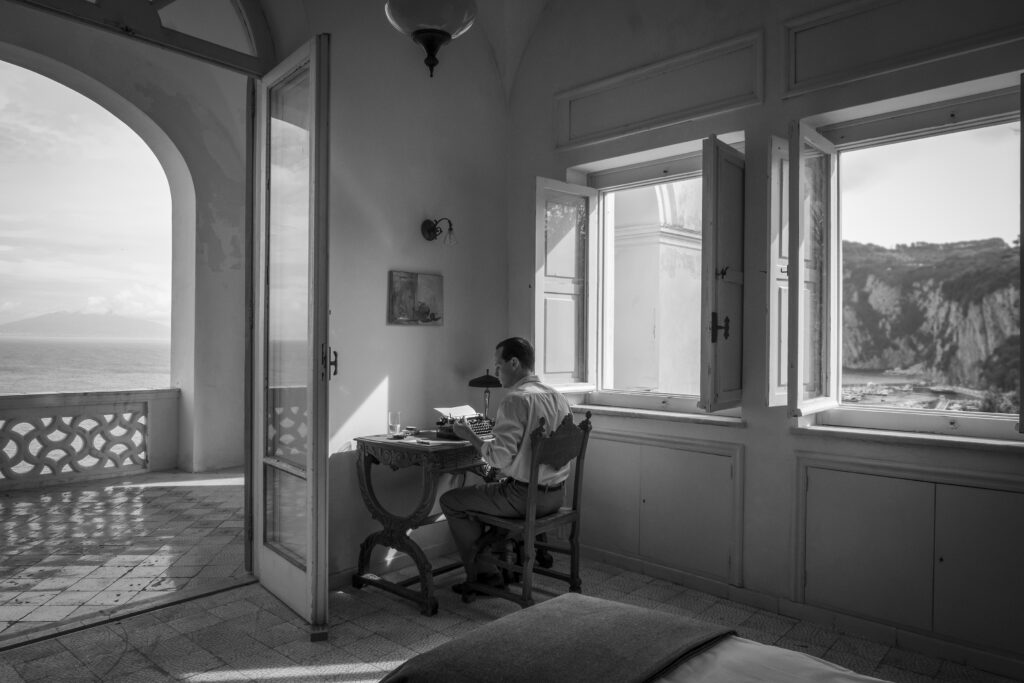
Between show d’auteur and mainstream
The cast, composed by both English, American and Italian actors, grants the creation of a realist bilingual show. A realism enriched by the careful reconstruction of the setting and the historical period; Jeff Russo‘s original soundtrack interchanges with Italian 1960s music, taking the audience back in those years. The presence of an actress like Margherita Buy (who plays Tom’s homeowner) establishes a link to Italian neorealism and contributes to the show’s credibility. Yet, the recitation in general appears extremely cold and distant, allowing no empathy with any character.
Despite that, the show proves to be an extremely well-constructed essay able to attract a large audience. It combines a high technique with a careful reconstruction, contained acting and a solid narrative structure rich in cliffhangers. These ladders, typical of serials, contributes in keeping the audience’s attention high, encouraging the binge watching of a proper “TV show d’auteur”.
Tag
Buy a ☕ for Hypercritic







